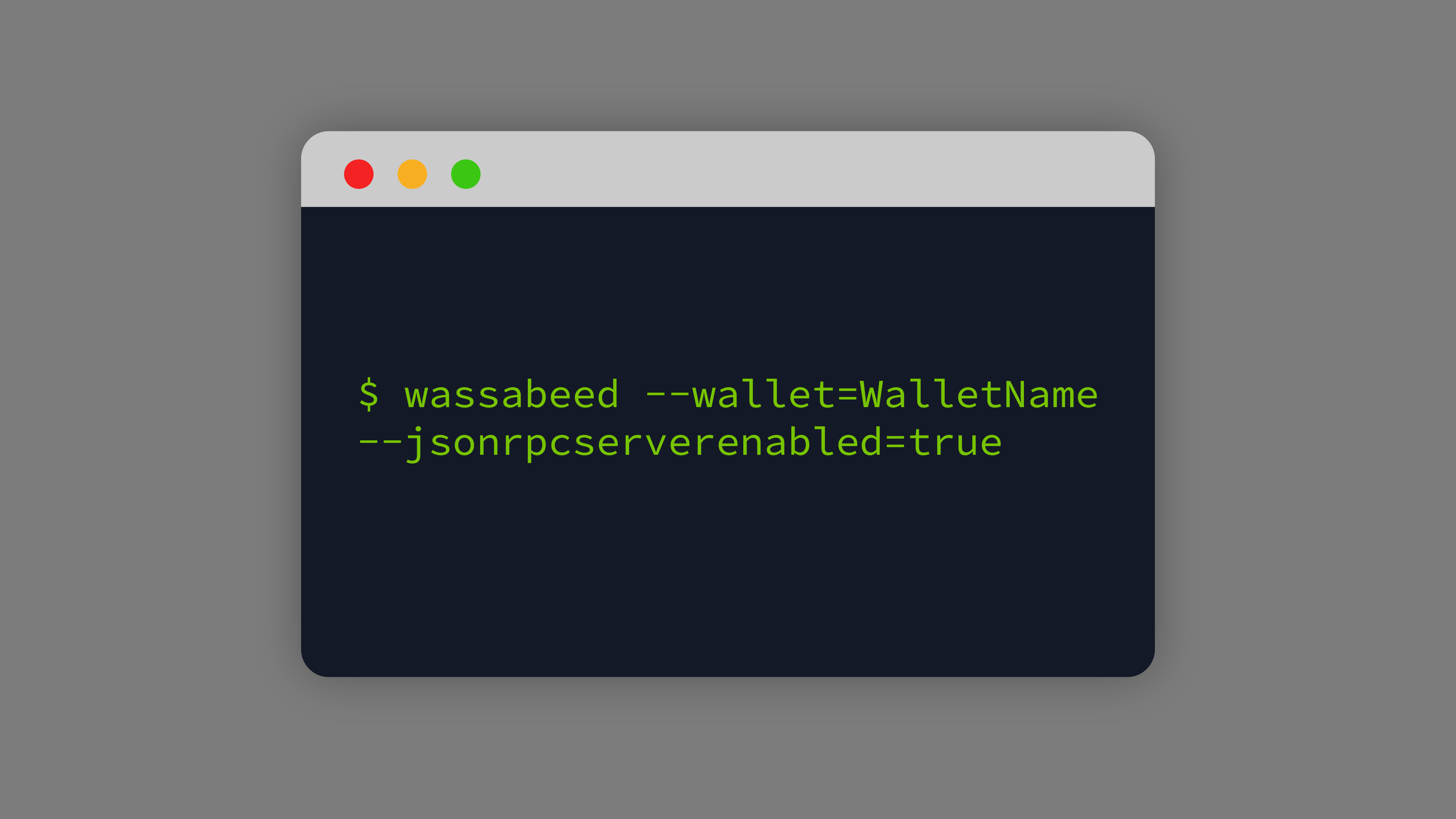On the 19th April 2023, Trezor announced the release of a coinjoin feature in the Trezor Suite Wallet, the first of its kind. The Trezor Model T was the pioneer hardware device this would be supported on. This was made possible by the collaboration between Trezor, Wasabi Wallet contributors and zkSNACKs.
Today, Trezor rolls out coinjoin for the original bitcoin hardware wallet, the Model One, the remaining hardware product. This takes place 9 years after the initial release of the (also) first ever of its kind. Trezor’s products remain the only to support hardware wallet coinjoin.
VIDEO HERE
To learn more about Coinjoin on Model One and how it works, check Trezor’s website here.
To read our initial announcement on the Trezor coinjoin release, read our blog post here that explains the motivation behind this effort, the real use cases of their users and how it works.
You might be asking you the following question:
How is Trezor’s Coinjoin Different from Wasabi Wallet?
Wasabi Wallet and Trezor Suite are distinct open-source desktop software wallet applications. You can use both Trezor hardware wallets with the Wasabi Wallet software interface for regular hardware wallet transactional usage. The core difference is that you can’t coinjoin with your Trezor connected to Wasabi Wallet.
Trezor’s Opt-In and Wasabi’s Opt-out
Wasabi Wallet automates coinjoin by default, a user only has to choose a profile between Maximize Speed, Minimize Fees, Maximize Privacy, receive coins and the privacy reclaim process would begin automatically. On the other hand, to coinjoin on Trezor Suite, you have to create a separate wallet account, send some bitcoin there, leave your Trezor connected and click on start. It’s opt-in instead of opt-out.
Trezor Suite Coinjoin Account’s Network Privacy
Trezor Suite comes bundled with Tor, as Wasabi, and a user will be prompted to enable it when setting up coinjoin, if he hasn’t done so already. Block Filters are also implemented, which is a different bitcoin network connection model from the regular non-coinjoin wallets in the Suite application.
Trezor’s Coinjoin Specifications
Trezor Suite uses the same default coordinator as Wasabi Wallet does, zkSNACKs. Everything related to the coinjoin protocol is the same, except the algorithms for input and output selection, which are client-side due to how the WabiSabi protocol works.
Finally, Trezor Suite only uses Taproot addresses for coinjoin. Read Trezor’s FAQ on the topic for further information.
How to Get Started
To enjoy the best level of security for coinjoin at the best price, buy a Trezor Model One here.
If you already have one, you should update your software and firmware to the latest version. For a step-by-step guide to setting up coinjoin on your Trezor, read here.
Trezor Suite Update August 2023
To learn more about all the improvements made on Trezor Suite 23.8.1, read the changelog here.
We’ll leave you with a teaser.
About Trezor
Trezor is the independent Czech company behind the world’s first Bitcoin hardware wallet, the Trezor One in 2014. Both hardware wallets are open-source with over 200 contributors and are enhanced by the free Trezor Suite app which increases privacy and makes crypto more intuitive. Trezor has sold over a million devices.
About Wasabi Wallet
Reclaim your privacy with Wasabi Wallet, a free and open-source bitcoin wallet with built-in coinjoin. Coinjoins are collaborative bitcoin transactions to enable cash-like privacy features for bitcoin.



